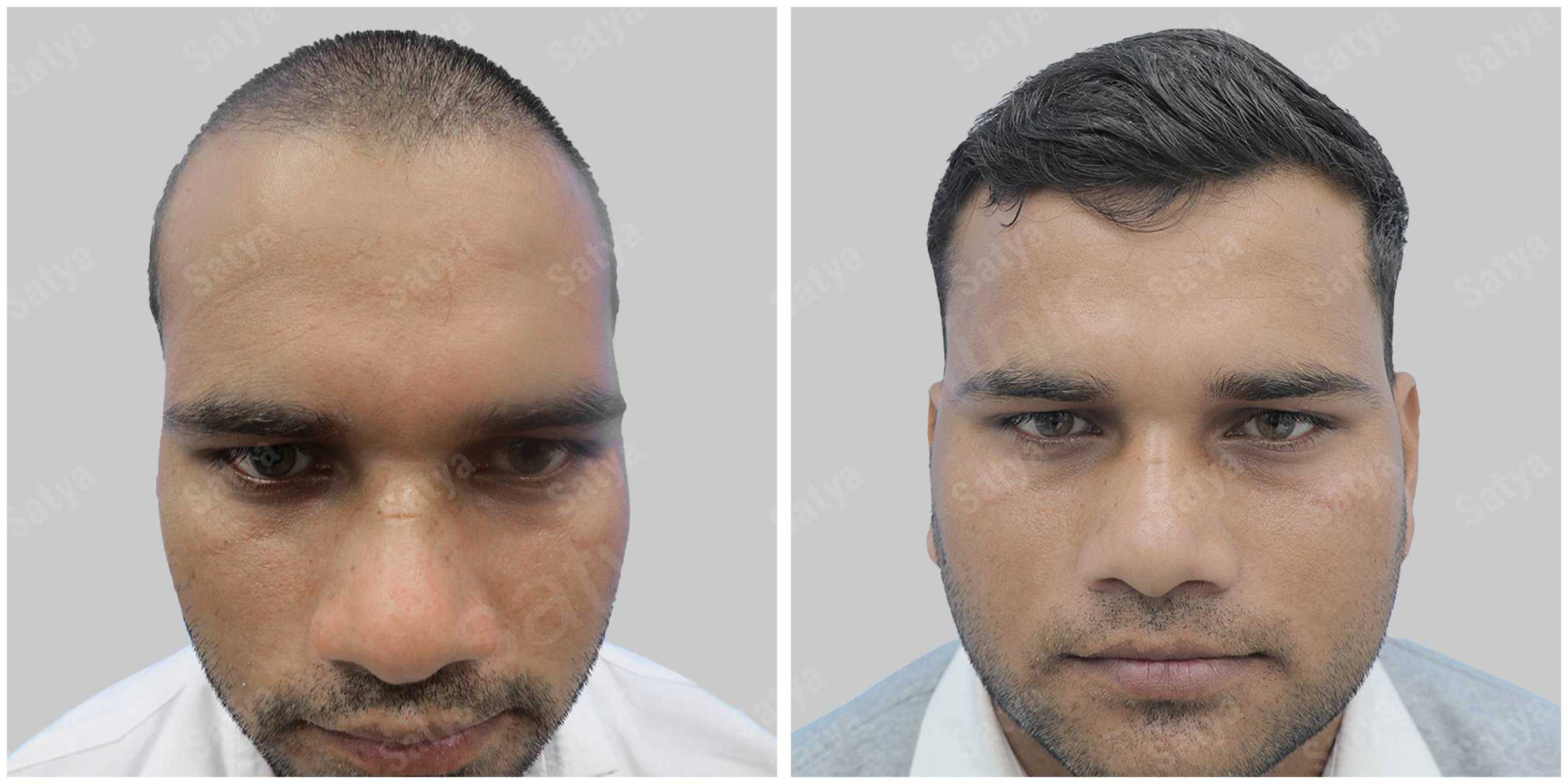Different patterns of hair loss?
Because hair loss is experienced by people of all ages, genders and backgrounds but males are more likely to develop it than their females counterparts. 85% of men and over 50% women will live with hair loss. Male-pattern and female-pattern baldness are the most common kinds, while these disorders cause associated symptoms. Typically, patterns of hair loss in male- and female-pattern baldness are different from each other.
Hair loss affects people of various ages, genders and backgrounds but man are more susceptible than woman who may notice it earlier Up to 85% of men and more than half of the women will lose hair at one point in their lives. More prevalent forms and associated symptoms are male-pattern baldness, female pattern hair loss. Typically, male- and female-pattern baldness are dissimilar in their patterns of hair loss.

The main variations in hair loss patterns between men and women are as follows:
Male-pattern baldness
Androgenetic alopecia, also referred to as male pattern baldness, is a kind of hair loss
that affect a considerable area of males. Hair thinning and receding hairlines, usually beginning at the temples and crown of the head, are its characteristic patterns.
Receding hairline:
Men who experience receding hairlines typically have male-pattern baldness, in which the frontal hairline shifts upward and backward, changing its contour.
Thinning at the crown:
Frontal thinning, sometimes referred to as crown thinning, is a common pattern of hair loss in men and is frequently associated with androgenetic alopecia or male pattern baldness.
Concentration in specific areas:
When mentioning men’s hair loss, the term “concentration of a specific area” describes the increased incidence of hair loss in particular scalp regions, most frequently the frontal and crown areas.
Formation of “M” shape:
The “M” shape, which is a visual representation of the receding hairline, is a common pattern of hair loss in men, particularly in cases of male-pattern baldness.
Female-pattern baldness
Androgenetic alopecia, is also known as female-pattern baldness is one of the most common types of hair loss that happen in females. In contrast with male- pattern baldness, which commonly appears in the form of localized tufts and a receding hairline, female-pattern baldness is characterized by overall thinning throughout all parts of the scalp.
Generalized thinning:
Rather than being localized in particular places, such as the hairline or crown, generalized thinning in females is a pattern of hair loss evenly dispersed across the entire scalp, frequently appearing as androgenetic alopecia.
Preservation of hairline:
Usually, frontal hairline is maintained in female pattern baldness or androgenetic alopecia; widespread thinning involves whole scalp but women retain the natural line of their hairs.
No “M” shape formation:
Instead of a distinct “M” shape at the hairline, diffuse thinning across the entire scalp—with the hairline typically intact and the thinning more uniformly distributed—is the hallmark of female-pattern baldness.
Less concentrated loss:
The hallmark of female-pattern baldness is widespread, uniform hair loss throughout the scalp as opposed to localized hair loss.
Alopecia areata, telogen effluvium, and some medical disorders are among the variables that might affect hair loss. Although individual experiences can differ, it is advised to see a dermatologist or healthcare provider if substantial hair loss develops in order to determine the cause and get the right therapy.

Common causes of hair loss in men and women:
Hormonal changes:
Androgen imbalances, which can be affected by puberty, aging, and hormonal illnesses, are the cause of hair loss.Medical conditions:
Hair loss can be caused by health conditions such as lupus, thyroid issues, and alopecia areata.Medications:
Hair loss is a side effect of certain medications, including those for depression, gout, cancer, arthritis, and high blood pressure.Stress and illness:
Diseases and excessive physical or emotional stress can lead to telogen effluvium , a condition that causes hair loss.Nutritional deficiencies:
A diet low in vital elements such as iron, zinc, and vitamin D can lead to hair loss.If you have any queries or would want to schedule a hair transplant in Delhi, please use the number or email provided. To learn more about our services and patient testimonials, please visit our website.
Book an appointment
Consultation

Repair

Blog

Galleries








